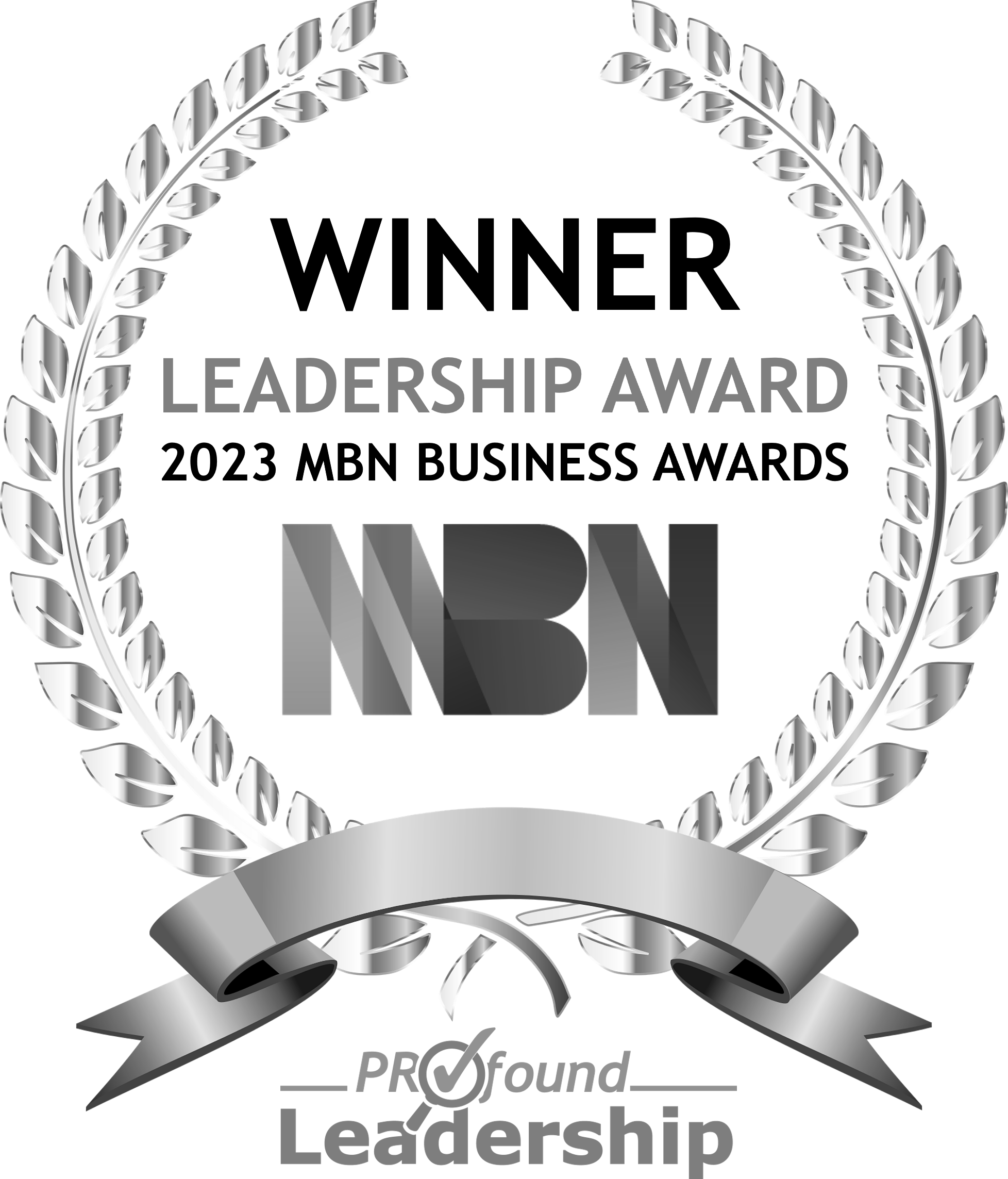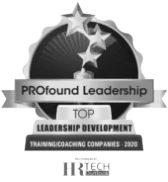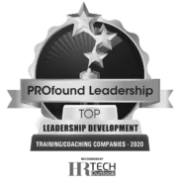Floundering in feedback? Powerful tips to become a master

[3 min read]
Insights into how to effectively provide and receive feedback.
We all know that feedback is the breakfast for champions, and that it is important to welcome and cherish feedback so we can grow as a leader. And it is equally important to help other people progress and find their greatness; providing constructive feedback at the right time and in the right state will help them understand how well they are doing and advance in their skills and capabilities.
“Feedback is the breakfast for champions.” ~ Ken Blanchard
An important part of leading our team and organisation to new heights is feedback, a generally vital part of any leader’s skillset; and knowing how to give feedback is just as important as receiving it. We can assist others to understand the implications of their behaviours and actions by providing constructive, effective feedback which will promote a healthy environment, boost productivity and engagement, and achieve overall better results.
In general terms, feedback is:
- most useful and effective straight after an event, so that the mind can relate to it and absorb the feedback most appropriately
- best received when guided through own self-reflection which develops critical thinking
- constructive when gaps are filled with sandwich format
Now, of course there are two sides to every coin, and we can either be on the receiving end of feedback, or we can be the ones providing it. Let’s look at both.
Providing feedback
We know that every person is different from the next one, based on their view of the world, their upbringing, their personality, their past experiences, their values, their goals, and many more aspects. Hence, what we believe to be something to be improved on is not necessarily what somebody else would regard with the same importance. For example, if we thought our neighbours should be washing their car because it was dirty and hadn’t been cleaned in 2 weeks, the neighbours on the other side might provide the same neighbour with some insights into the environmental impact of washing the car every two weeks, and their feedback might be to wash it monthly at most.
So, when we provide feedback to others, we must consider that what we share are our own impressions, reactions and truths, and respect and honour the other person’s own reactions and emotions.
Another important aspect to providing feedback and leading our team and organisation to excellence, it to acknowledge what has been done well, rather than to focus on shortcoming that need fixing. A recent Harvard Business Review article suggests saying ‘That! Yes, that!’ immediately when noticing a positive outcome or behaviour. This method is used less as a praise, but rather to highlight and draw attention to a particular person’s version of excellence. The article suggests that whenever we see a team member do something that worked for us and that rocked our world just a little, to stop for a minute and highlight it. By helping our employees recognise what excellence looks like for them (by saying, ‘That! Yes, that!’) we offer them the chance to gain an insight into a pattern that is already there within them so that they can recognise it, anchor it, re-create it, and refine it.
If we want to sit down with an employee and provide feedback in more detail, it is best to select a mutually convenient time and place, and guide them through their own self-reflection by asking high quality, solution-based question such as:
- What do you think went well?
- What can you improve next time?
- What would you do differently?
- What else?
The above approach allows the person to reflect on their own performance. This is a great strategy, because most people don’t like to be told. More often than not, they themselves are already aware of what can be improved. While the person provides their own improvements, we can offer acknowledgement and positive feedback on their learnings and reflection. In addition, this feedback approach teaches the other person critical and independent thinking.
Remaining points of improvements that were not picked up through the self-reflection process can be provided by the ‘feedback giver’ in the following sandwich format:
- What was done well?
- What needs to be improved?
- Ask: “Now, tell me what you are going to do next time”
- “How will you do this next time?”
- Overall positive summary statement
#LeadershipHack
A simple way to remember how to give feedback are the 6 Ss:
- Straight away
- Simple
- Short
- Sharp
- Specific
- Sandwich format
We must remember: while providing feedback might feel challenging at first, with time and practice, the approach and execution will become better and more refined.
Receiving feedback
A mindset of ‘continuous improvement’ of course must also include the aspect of seeking feedback from others to refine our own leadership and management skills.
When receiving feedback, it is best to:
- Pause and listen carefully
- Keep things professional
- Don’t take it personally - separate the actions from the person
If we receive feedback ourselves, it is crucial to make good decisions about what we will do with it. Some feedback will help us become an even better leaders, and other will drag us down. We must put things in perspective and choose carefully which feedback to take on and which one to dump. Remember:
There is no failure, only feedback.
Strong, long-lasting business relationships grow from an environment of encouragement, trust and support. Everybody in the organisation, even our suppliers or customers, have talents, skills and experience which, if cultivated and harnessed effectively, will add to business success. If we follow the tips in this article and make sure that we notice, praise and compliment everybody’s contributions, we will experience increased motivation and a positive impact on reaching the organisational goals and vision.
“Dare to make a difference!” #WeMakeItEasy #LeadershipSkills
If you want to know more about leadership skills and Learning & Development Programs
… team up with us, and get PROfound Leadership on your support team!
AUTHOR

Martin Probst - CEO (Chief Education Officer)
If you liked our blog, please feel free to subscribe HERE to ensure you receive a reminder for our upcoming posts.
Please leave your feedback below and don’t forget to share this blog with your work colleagues. So they too can benefit from it. Simply choose your preferred social media on the left.






 A 10-minute straight-to-the-point "Stress Strangler" every successful manager needs. Join our community and instantly access your FREE download (valued at $47)!
A 10-minute straight-to-the-point "Stress Strangler" every successful manager needs. Join our community and instantly access your FREE download (valued at $47)!